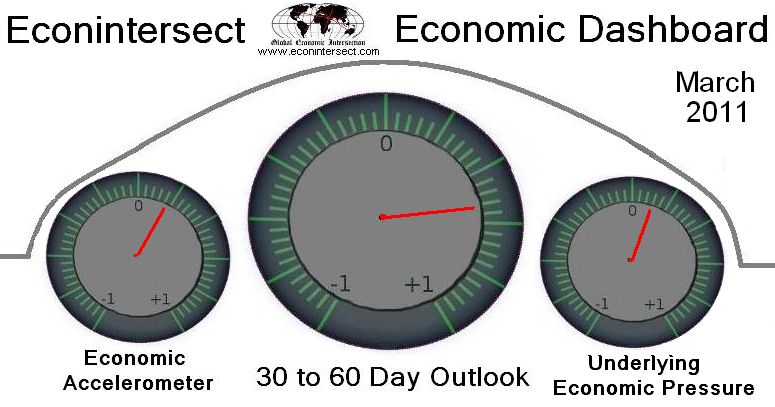Analysts call midcap strength deceiving Midcap earnings picture skewed by two sectors strength
Post on: 24 Апрель, 2015 No Comment

Looks can be deceiving, and analysts say that might be the case with mid-cap stocks now.
So an investor might conclude that a trend is in place — the type that happens frequently after the stock market has gone through a rough stretch. Often, after months of decline, small and medium-size companies emerge as powerful winners because investors abandoned them earlier, leaving the stock prices cheap.
Those who take a chance on the bargain-priced stocks often make a lot of money as investors regain their nerve and buy stocks they previously wouldn’t touch. Economic conditions help, too, as corporate profits receive a good jolt from pent-up demand and consumption. Since 1987, mid-cap stocks, as a group, have climbed more than 31 percent on average in the year after a bear market.
In the year following the 2000-02 bear market, for example, fast-growing mid-cap growth stocks jumped almost 40 percent, and cheaper value mid-cap stocks rose more than 28 percent.
But Merrill Lynch small- and mid-cap strategist Steven DeSanctis has been warning clients not to misinterpret the recent rise in the mid-cap index. The underlying conditions that typically spark the rapid surges are not in place, he said. Rather than being cheap, mid-cap stocks are expensive, he said.
In fact, they are more expensive than large-company stocks, and that’s contrary to the usual situation. Since 1979, medium-size companies have generally traded at a discount to the larger ones. But now, DeSanctis said, the Russell Midcap Index is more expensive than the index for the largest 200 companies. The Russell Midcap stands at about 15 times projected earnings for 2008, versus 14 times for the Russell Top 200.
Mapping out mid-caps
Mid-caps are generally considered stocks with a market value between roughly $1 billion to $10 billion, although some portfolio managers extend the definition to about $17 billion.
Analysts tend to watch the behavior of stocks of different sizes by observing benchmarks such as the Russell or S&P indexes, which lump many stocks from various sectors together. They watch small caps as a group, large caps as a group and mid-caps as a group, hoping to spot the group that will outperform the other. he idea is to use the indexes for clues and buy stocks from the leader early before other investors catch on, sending stocks higher and making them more expensive.
But this analysis might be leading investors to come to the wrong conclusions now, DeSanctis said.
The returns for the indexes lately have been misleading, he said. The power that people see in mid-cap stocks is, in fact, coming from two sectors — energy and materials. They have been so strong, they are lifting the average for the mid-cap index. As a group, the energy stocks have climbed about 24 percent and materials are up 4 percent this year. Meanwhile, health-care stocks, technology and consumer companies are down 4 percent or more.
Likewise, the earnings of mid-caps overall are skewed by the stronger earnings in energy and materials, DeSanctis said. Earnings for the S&P 400 mid-cap index are up over 6 percent, compared with a double-digit decline in the S&P 500 index.
Other factors also make mid-cap companies in general look more profitable than large companies, and investors who ignore them could be badly shaken by disappointing earnings in the future, DeSanctis said. He said that when investors look at the earnings for the S&P 500, they are seeing average earnings that have been dragged down substantially by tremendous write-downs large financial companies have taken on mortgages and mortgage-related securities.
That’s in contrast with the mid-cap index, which includes smaller midsize banks that haven’t yet taken the sizable write-downs. DeSanctis doesn’t think that means smaller banks are immune to mortgage-related problems. Instead, the appearance of strength may come simply from accounting rules that differ between banks of various sizes, he said.
The large financial companies are required, by what’s called mark to market accounting, to adjust the value of the mortgage-related securities they are holding to reflect the price they might receive if they tried to sell the securities. And given the fear over the mortgage market, and the sloppy way the securities were created, there has been little interest in buying the suspect securities. As a result, their values have plunged, and giant financial companies such as Citigroup have taken billions of dollars in write-downs.
Midsize banks haven’t had to take the sharp write-downs for mortgages and mortgage securities. But DeSanctis is warning the write-downs probably lie ahead.














